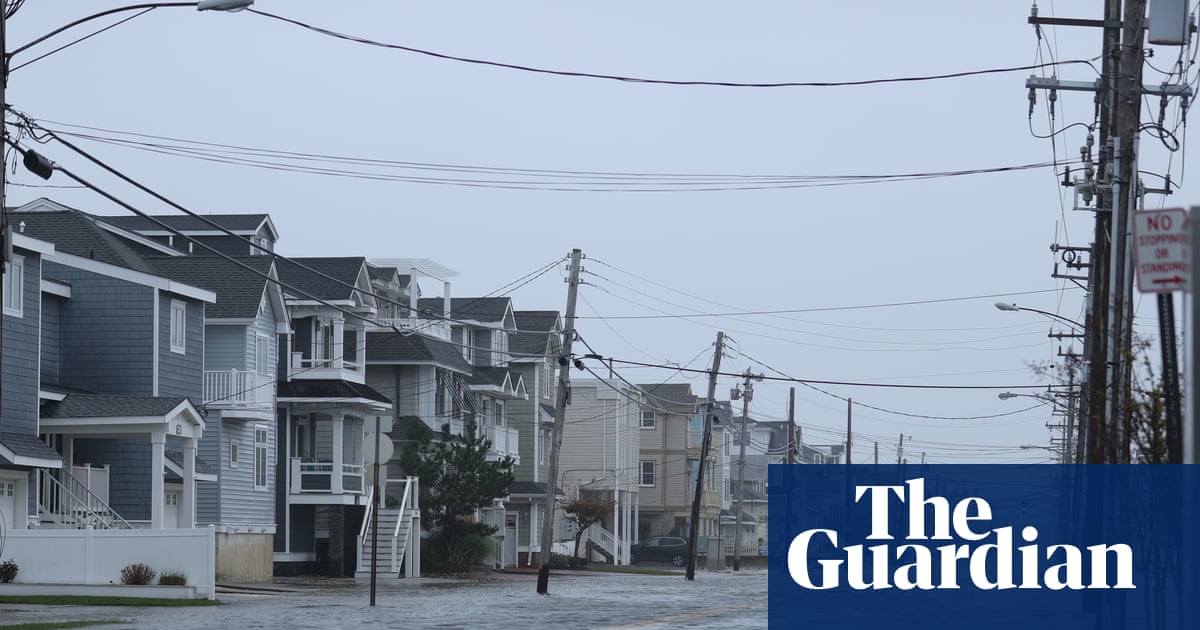Simile
How does a simile work?
— Place something next to something
and say, here. (The here is where
the somethings touch.) The rainy
night, like Debussy.
There on the shelf, a piece
of grapevine in a blue
vase. The world is so much
like itself it can be hard to see.
Tomorrow I will try again
to understand: what is a simile?
All night, all day: the rain
comes in vertical lines,
then horizontal lines,
like a drawing made
on the world I can perceive.
How does the simile do
whatever it is it does to us?
The world is touching
the world itself and touching
me. My hand, this pencil
making all these marks.
A drawing of the world
that is the world, that I
can make. That’s making me.
Published in the collection Pattern-book (Carcanet), Simile is by a poet who “works and teaches in a field of images, objects, movement and texts”. Widely travelled, Éireann Lorsung was born and grew up in Minneapolis, Minnesota, and currently lives in Ireland, where she teaches writing at University College Dublin. Her technical pattern-book is far from rigidly formal: the shaping of poems is a larger enterprise, though disciplined, and the patterning of her own world, present and past, expresses itself in a multiplicity of images that connect across geographical space and time, childhood, family, landscape.
Simile is founded on sensory experience; it’s not an abstract lesson on what a simile is. The opening question is a call to thought for the poet herself as well as the reader: “How does a simile work?” It’s followed by a nicely surprising, hands-on instruction: “— Place something next to something, / and say, here. (The here is where / the somethings touch.)” The example that follows is another surprise, because Lorsung chooses two “somethings” which are amorphous, open to interpretation, and may not readily be perceived as companions in alikeness: “the rainy / night, like Debussy”. We have the key word of the simile in its most basic form – the Latin neuter of the word “similis”, “like”. But a comparison that enfolds vision and hearing might create an enriching complication about how the two things are related. Synaesthesia is implied. A strong simile stretches the senses beyond their first instant of perception.
If you know Debussy’s work, you may hear a specific piece of music, Gardens in the Rain, perhaps. Or the image of the “rainy night” may simply stimulate you to create the impressionistic kind of piece Debussy might have written to match the image of the rainy night as you see it. Neither poet, poem nor reader is led into a closed room, but a play area for imaginative patterning.
Eluding the simile definition, a startling trio of images is introduced in the last line of stanza one: “There on the shelf, a piece // of grapevine in a blue / vase.” It’s a reminder that what’s “there”, within clear, more objective sight, may deserve as much attention as the moment-intensifying “here” in the poet’s imagination.
The poem seems to work in the real time of its composition, and now reminds itself of the possibilities and challenges of expansion, because “the world is so much like itself / it can be hard to see.” Does that vivid assembly, shelf, vase, grapevine, which simply demanded representation as itself, make the poetic figure of the simile redundant? Lorsung admits to the difficulty of understanding what a simile is, but not its significance. She promises to enquire deeper. Again, the last line of the stanza alerts us to a shift of attention; we’re returned to the night and its rain. The rain continues to attract description, identification and resemblance: now, its progression from vertical to horizontal lines suggests it’s “like a drawing made / on the world I can perceive”. The rain has asserted a geometrical pattern-book on the poet’s perception. It has begun to shape the horizontal line of poetry. The writer continues fascinated, disquieted: “How does the simile do / whatever it is it does to us?”
In the fourth stanza, the comparison of rain and the lines of a drawing suggests through its deft repetitions the relationship of “world”, the poet and the poem. “The world is touching / the world itself and touching / me.” Now her writing hand is making “a drawing of the world” – a “drawing of the world / that is the world, that I / can make. That’s making me.” This fine conclusion means that the perception of the world “out there” is an event “inside” the poet, and may prompt a vivid re-drawing of the self – and its future similes.
Simile appears near the beginning of Pattern-book, in a section called Spelling. I searched the rest of the section for a simile using the word “like” and found the following in a poem in which Lorsung recalls her home city. In these concluding lines, the stretch of her imagination and the breadth of her sense of time are revealed with memorable intensity: “Nothing resolves. / The world stays multiplied in the river. / Spring arrives secretly, all one night, // holding a mirror, like a tide / full of boats no one thought / would return, like a young person / ready to be everyone’s lover.” (Minneapolis, Early Spring). This says something essential about poems, and perhaps about similes. Dependent often on memory, they may also be imagined “like a tide / full of boats no one thought / would return”.

 4 weeks ago
21
4 weeks ago
21

















































